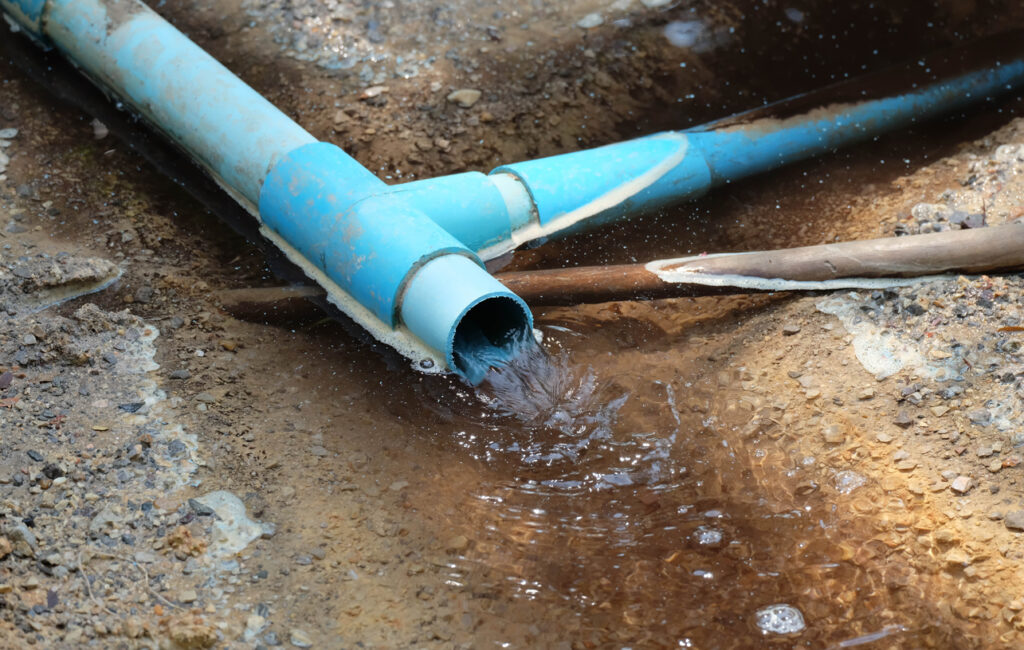Sewer line facts aren’t typically at the top of most people’s conversation icebreakers, but once you learn these fun facts, they might be! While you might not think about your home’s sewer lines until they need repair, learning more about them and their fascinating role in plumbing can make you more proactive when it comes to caring for your line.
1. Sewer Lines Are Ancient
The Indus Valley civilization invented rudimentary sewer systems around 3,000 B.C.E. in present-day Pakistan and India. They built these ancient sewer lines using bricks to carry wastewater away from crowded urban areas.
2. Romans Introduced Sewers to the Western World
The Romans were masters in many crafts, including sewer engineering. Their work ultimately laid the groundwork for the future of modern sewer construction. In Rome, some of the ancient sewer lines still run to this day. The Cloaca Maxima remains the most famous example of Roman sewage, which stands as the oldest monument in the Roman Forum.
3. Some Cities Have Combined Sewer Systems for Storm and Wastewater
Older cities combined their sewer systems, which may have seemed efficient at the time. However, this can often lead to overflows that become environmental hazards.
4. Trees Are the Biggest Threat to Sewer Lines
Some tree roots can grow hundreds of feet deep, though the average root depth is 6 feet. A typical sewer line is 18 to 30 inches deep, and it can easily become obstructed or even ruptured by an invasive tree root. The best way to avoid tree root invasion is to ensure any trees on your property are at least 10 feet away from your sewer line.
5. Sewer Repair Doesn’t Always Require Digging Up Your Yard
In the past, sewer repair was a disruptive process that required digging deep trenches into the yard. Naturally, many homeowners were distressed by this. Modern technology has made trenchless sewer repair a reality. Technicians can use cameras and techniques like pipe bursting and pipe lining to repair and even replace a broken sewer line.
6. Sewer Lines Need to Be Replaced
Even though they’re some of the most durable plumbing components out there, sewer lines will eventually need to be replaced. Homes that are 50 to 100 years old will likely need their sewer lines replaced. An inspection from a licensed plumber can help you determine whether it’s time for a new one.
While sewer lines are designed to last several decades, they still require professional attention at times. If you are in Bozeman, MT or the surrounding area, contact our plumbers at Mountain Valley for expert sewer line services today.

